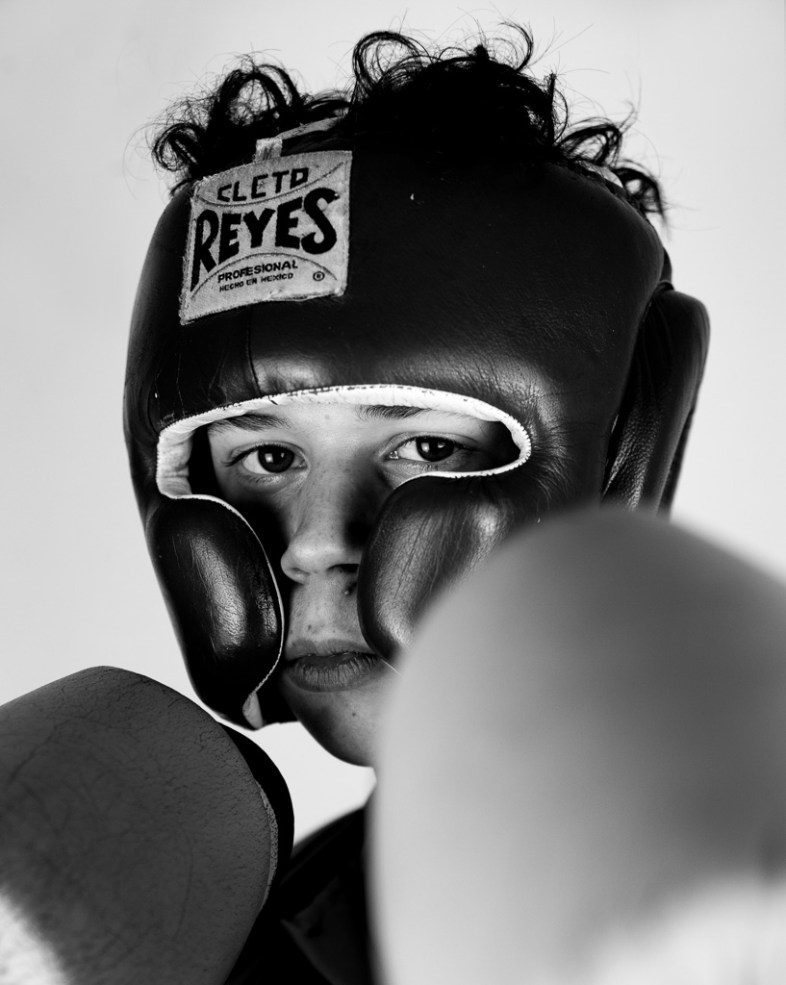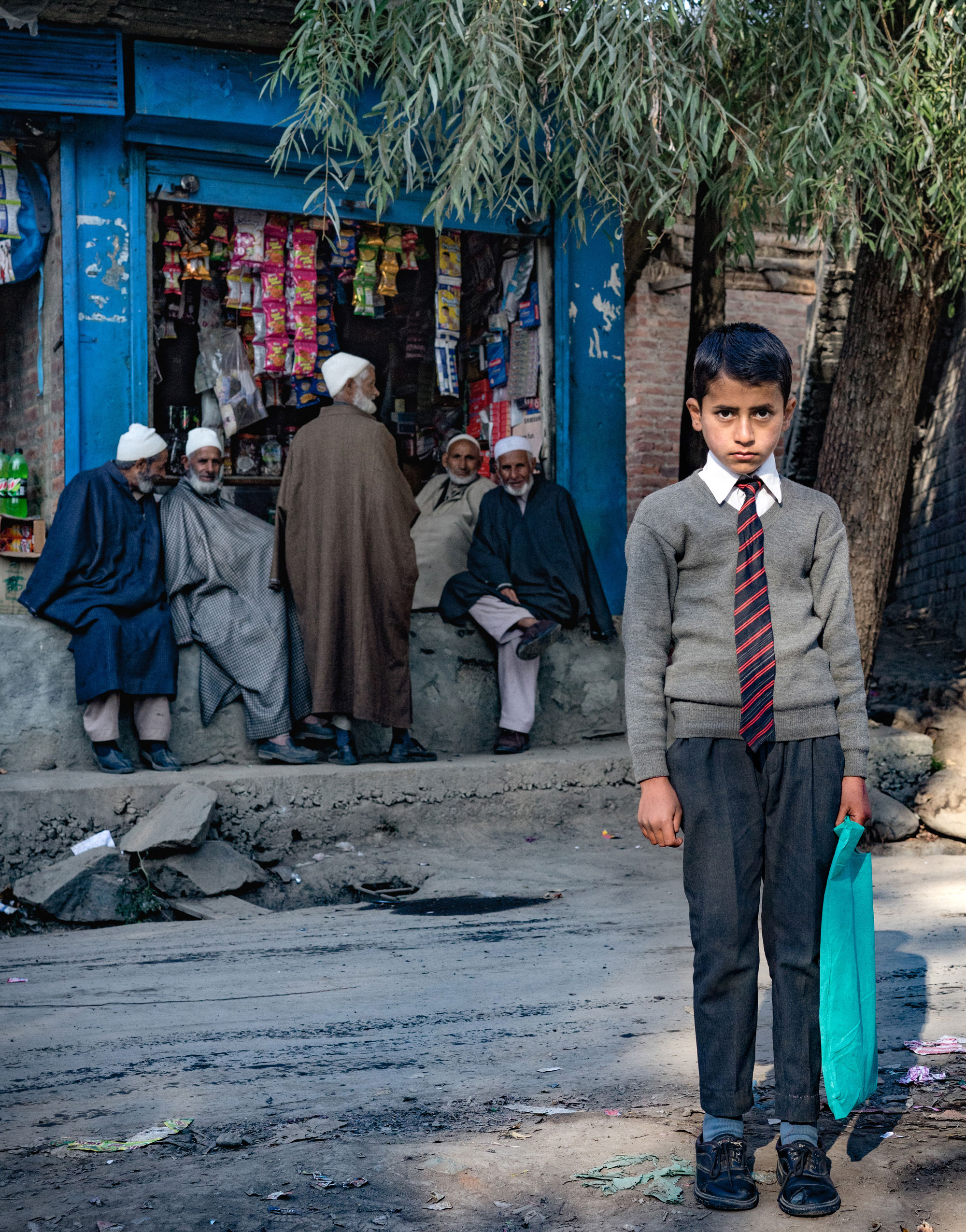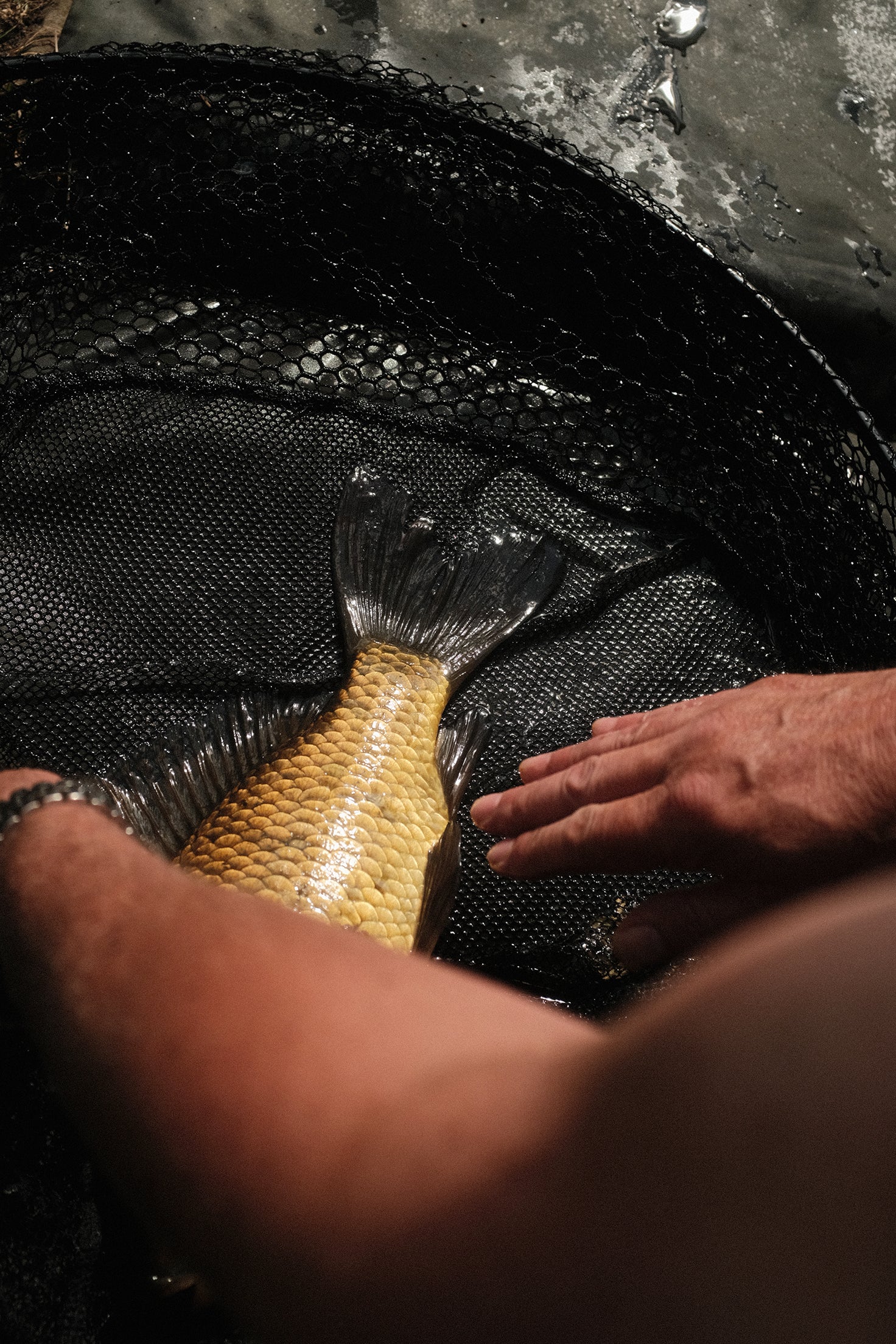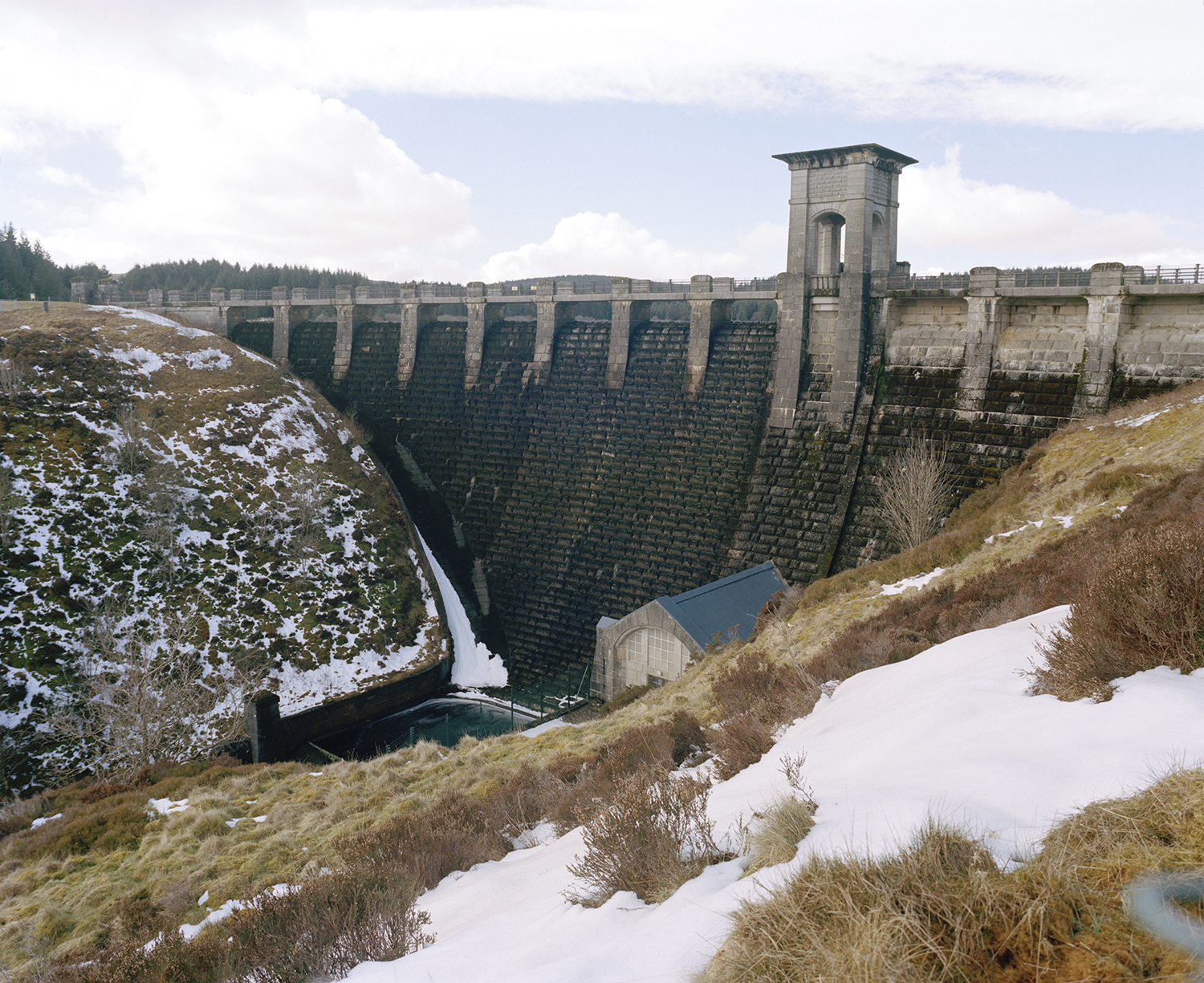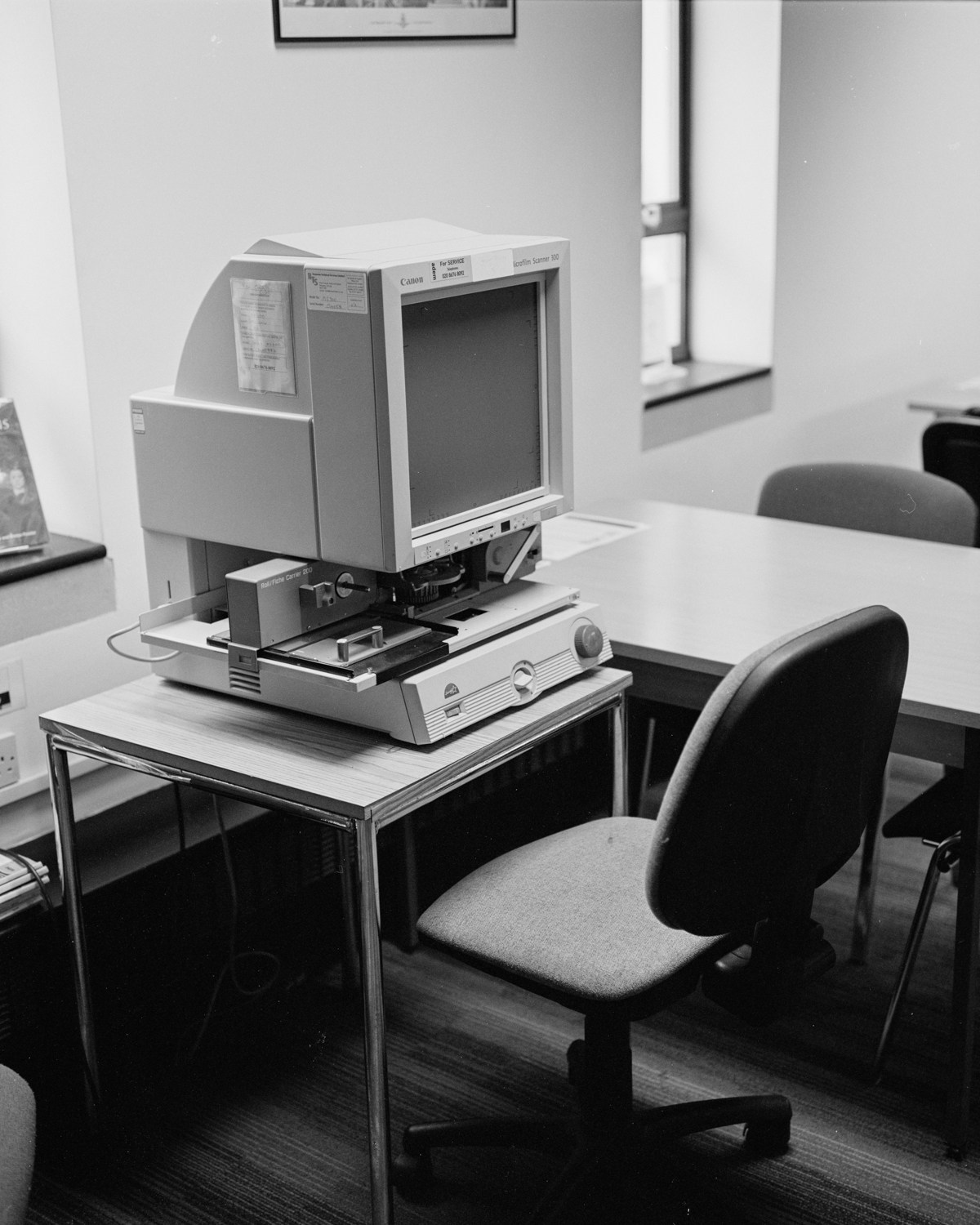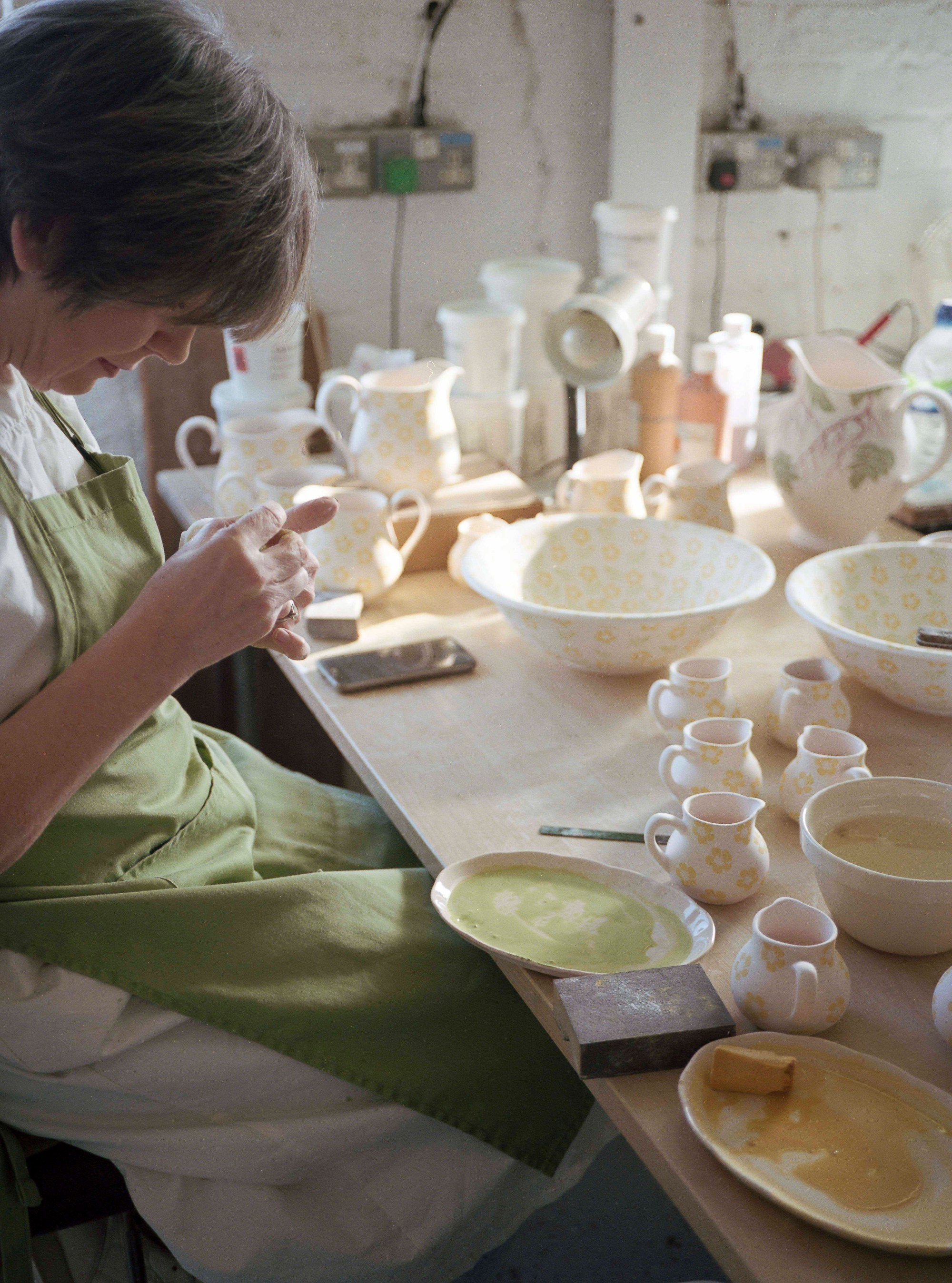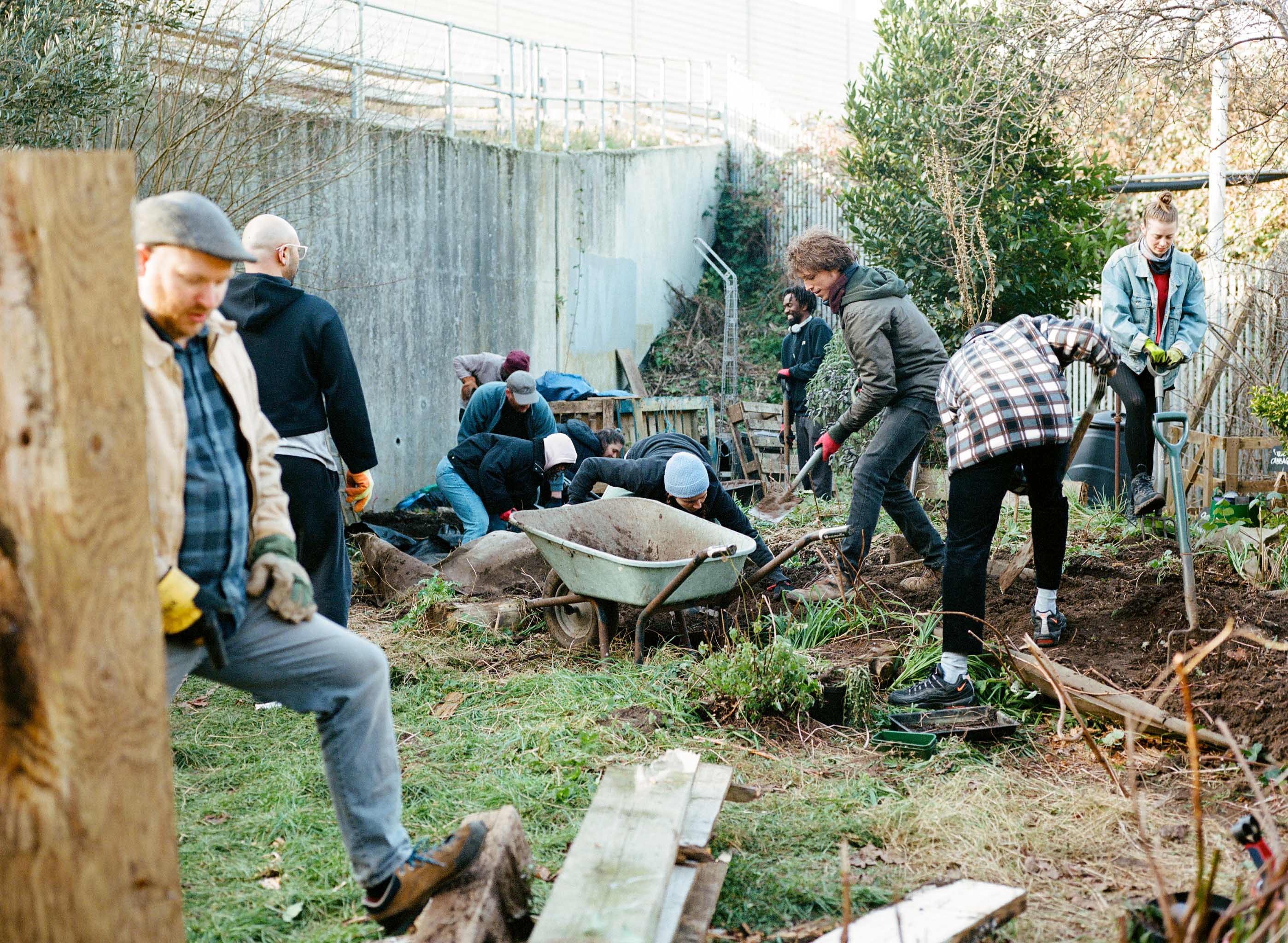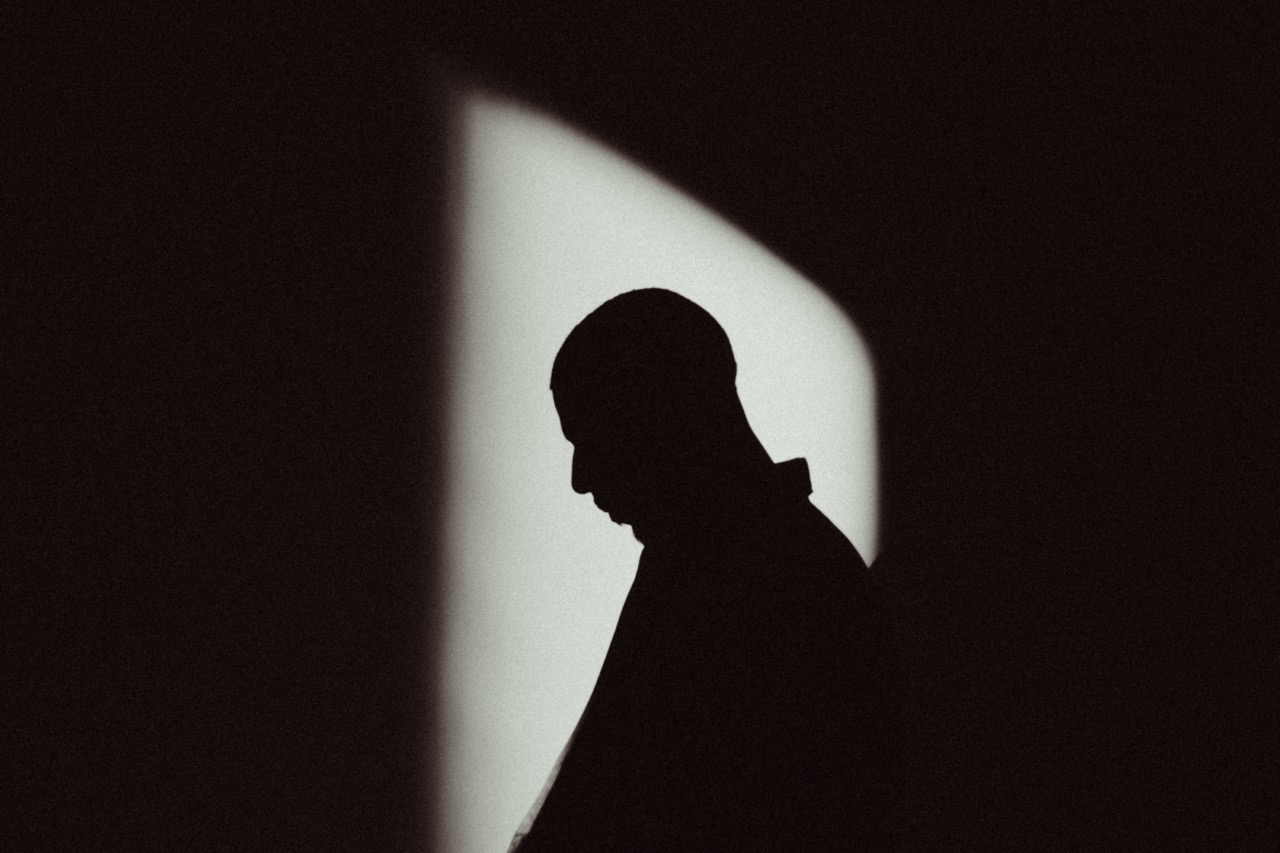We spoke with photographer Jack Fleming about his portfolio so far, what inspires him, the importance of critical feedback and his experiences within internships.
From Fight Nights to Shooting Clubs and the large housing estate of Whitehawk, Brighton. Fleming’s work is an exploration of society and place, investigating themes of masculinity, self-reflection, and community that surround him. One excerpt from Flemings series Whitehawk reads “Masculinity is a broad term, but to put it plainly it is often seen to be the display of pro-active acts such as fighting, vandalism, not crying, not wearing pink, shouting, drinking beer quickly and being generally insensitive – all of which have become synonymous with masculinity in the modern world. Of course, there is much more to it than this, but these are basic things that most men have probably experienced. The fact is that these traits contribute to the suppression of emotion and conversation about anything considered to be sensitive.” Along with multiple features and exhibitions, Fleming has worked at the Casey Moore Studio, Ewen Spencer Studio and is currently working at The Martin Parr Foundation, Bristol.
JW: To start, what was it that inspired you to work within photography?
JF: A German guy called Hans Peter Feldmann. A bit of a random one really but I was spending a lot of time in the library during my foundation and found a series of these tiny booklets he had made called Voyeur, they were filled with loads of black and white pictures. Up until then, I was more into painting and stuff like that, but these books made me realise photography can be quite loose and fluid as well. My impatience was probably the real reason for my shift to photography though.
JW: I think the first images I ever saw from you were those of the boxers from your Whitehawk series. It’s been some time since we spoke about that work, looking back at this project, how do you feel about it now?
JF: I think that that was my first attempt to make a proper body of work. Looking back now there are a lot of things that I would probably do differently. It wasn’t fully resolved and feels quite confusing to look at. There are some photographs that I am still really happy with. I did some really intense self-reflection during that project and I got to the core of why I make pictures and started to unravel it.
JW: Tell me about that self-reflection?
JF: I was interested in what and why and so I wrote for hours and began to see patterns in photographs that I had made previously. I got all of my prints out from previous projects and it was all kinds of photographs of men in their spaces. I guess I always thought photography was about looking and making things about other people so I flipped it on myself and as cliché as it sounds began to understand things about myself.


JW: You have been visiting a shooting range recently right? Tell me about this series?
JF: I tend to get obsessive over ideas to the point of exhaustion. So I have made quite a lot of work towards it but I have no desire to look at it for a few months. I have drip fed a couple which I particularly like on my Instagram page and I did start to make an edit which is on my website but other than that it’s on the back burner for now.
Although having said that, since returning home from University in Brighton in June I have developed a nice routine of shooting on the weekends. Bristol city when they are playing at home on a Saturday, then when they are playing away there is quite often a boxing event on which I will go and shoot.
JW: How would you describe what it is that you look for in a new project?
JF: I have absolutely no idea. I woke up this morning and decided I wanted to shoot some car scrap yards. Called a few places and have arranged some visits. Not the most exciting but it gives an idea of how these things come about. Nothing interesting or exciting about it, just an urge or excuse to make some pictures.
JW: How do you go about gaining initial access to places, have you found that people are accepting of you taking photographs or have you had any issues before?
JF: A lot of people do say no. It’s a game of how well you can convince someone over the phone that you are just a guy taking pictures with good intentions. It’s different for all scenarios. A couple of months ago I worked hard to try and gain access to a port local to me, and that was a real challenge. I kept emailing and calling and I ended up with an offer of a 2-hour slot where I would be driven around the port and told what I was allowed to photograph. It wasn’t really what I wanted and so that’s another project which I had started to make work for which has slowed down. I’m sure I will have a desire to revisit that again one day. With boxing gyms, it is much easier. I tend to get in touch with individuals I have heard about and get an invite to the gym, meet the rest of the lads and then shoot them at an event somewhere along the line.
JW: Something that I keep coming across lately is the theme of responsibility. It’s hard to escape this as a documentary photographer; people will view your work and often make assumptions. I wanted to know what your opinion is on the theme of responsibility and how it affects your own work?
JF: There is often concern about how the work is going to be contextualized but once that’s cleared up I think the people I am dealing with start to trust me. With my long-term projects, I see these people most weeks so it’s just a case of sending them the pictures back and that’s how the trust grows and word spreads. As long as the people I am photographing are happy so am I. With regards to the viewer, I don’t really have an answer. Everyone has an opinion and I love to hear what people think.
JW: What has been some of the most critical feedback from people that have affected your work? And on that topic, do you think there is enough critical feedback?
JF: I welcome feedback on my work, good and bad, both can be taken as positives, but it’s difficult to get feedback when your work only really exists on the internet. There are some tools out there, which allow you as a photographer to get critique from the internet. That’s one thing I miss about university for sure. Whilst I was there though I learnt a lot from Mark Power. We had time for each other and spoke about all sorts. Helen Cammock was my final tutor and she gave great advice and criticism.
JW: I would like to talk a little about who inspires you; you often share your recent likes on Instagram giving a slight insight into the type of work you enjoy?
JF: Like most, I am always looking at new and old work so its really difficult to say in a few lines. Too many to mention. But to sum it up – It’s all about here and now for me. Current affairs in England. I’m quite proud of where I am from which due to a small minority of people has become a bit of a racist thing which is sad. But I love anything with a flag on, photos from the North, teenagers, black eyes, modified cars all that. These archetypes and details, which we should celebrate and be proud of. I am a big fan of the work of Ken Grant and recently I had the pleasure to talk about football affairs with him which was invaluable. Current favorite book’s Jocelyn Bain Hogg’s The Firm and Peter Dench’s A+E.

JW: You worked in a couple of studios, Casey Moore and Ewen Spencer Studio. Tell me about those experiences and do you feel you got a lot out of it?
JF: My friend works for Casey and offered some assisting. He’s a really nice guy and hugely under appreciated. The times I was helping him out he was working on projects which had strong links to my practice which meant the long car journeys were always full of heavy discussions about our views on the core subjects we were studying. I also spent a lot of time interning on and off for Ewen when I was at Uni. He’s a really strong character and gave me the confidence and encouragement I really needed. I helped him out on some really interesting projects and learned a lot from the way that he works. Really cool guy and great to work with.
JW: You are now working at the Martin Parr Foundation?
JF: Yes, it’s a great environment. During my graduate show, I was talking with Matthew Broadhead, and he mentioned about the foundation Martin was setting up. So I go in touch and was given a three-month internship there working on digital archiving and scanning and all sorts of other exciting projects. This recently came to an end and now I work there on a freelance basis. When I started there the foundation was just opening and the party was full of all of my all-time favorites. I took the majority of my book collection to get signed! The most surreal highlight was when Grayson Perry came into the studio a couple of weeks after the opening and Martin Spoke to him about his collection of Space dog ephemera.
JW: What’s next for you?
JF: I am now freelancing during the week at the foundation, and I recently just started working on some archiving for Jon Tonks. Then for the rest of the week, I do some garden landscaping which is a nice change from being indoors. I am also working on my own projects which I am really focused on and hopefully, by the end of the year, I can gather some funds to start making work in a place other than Bristol.
